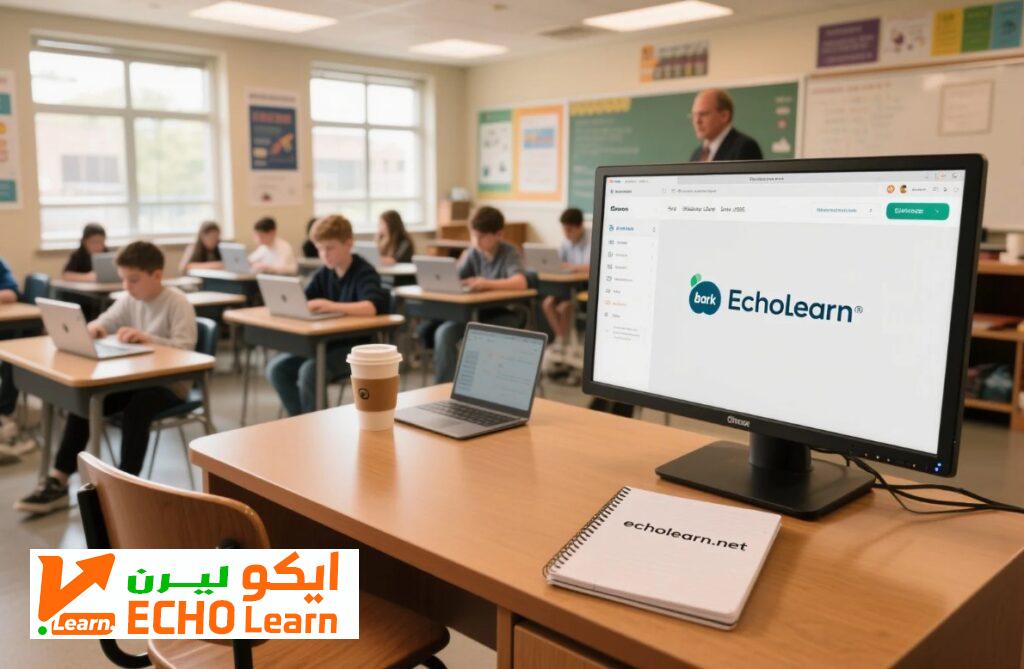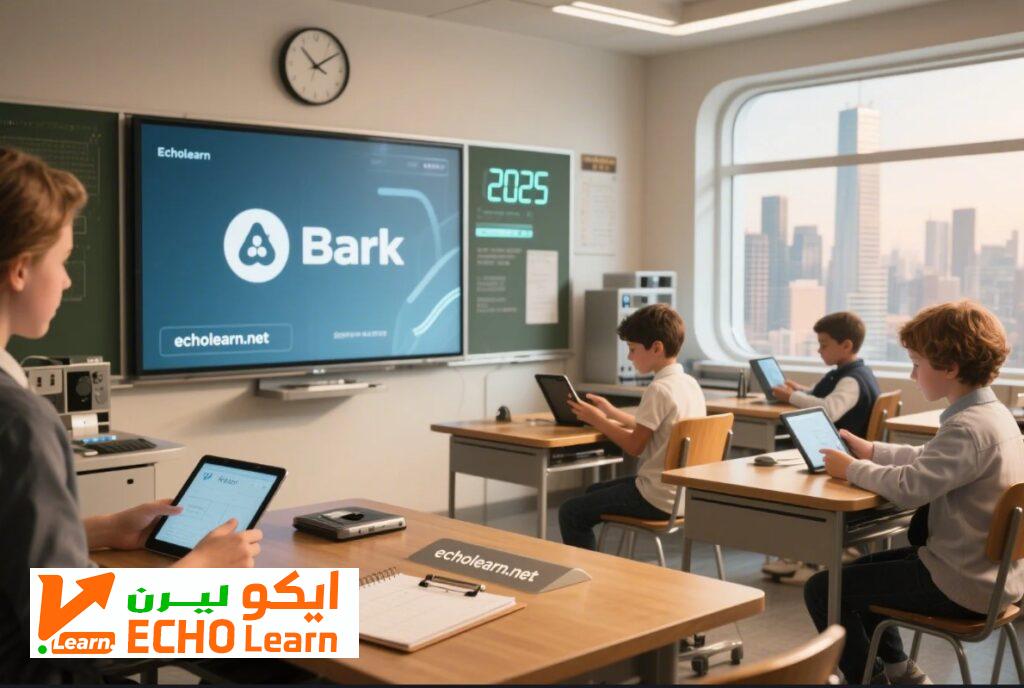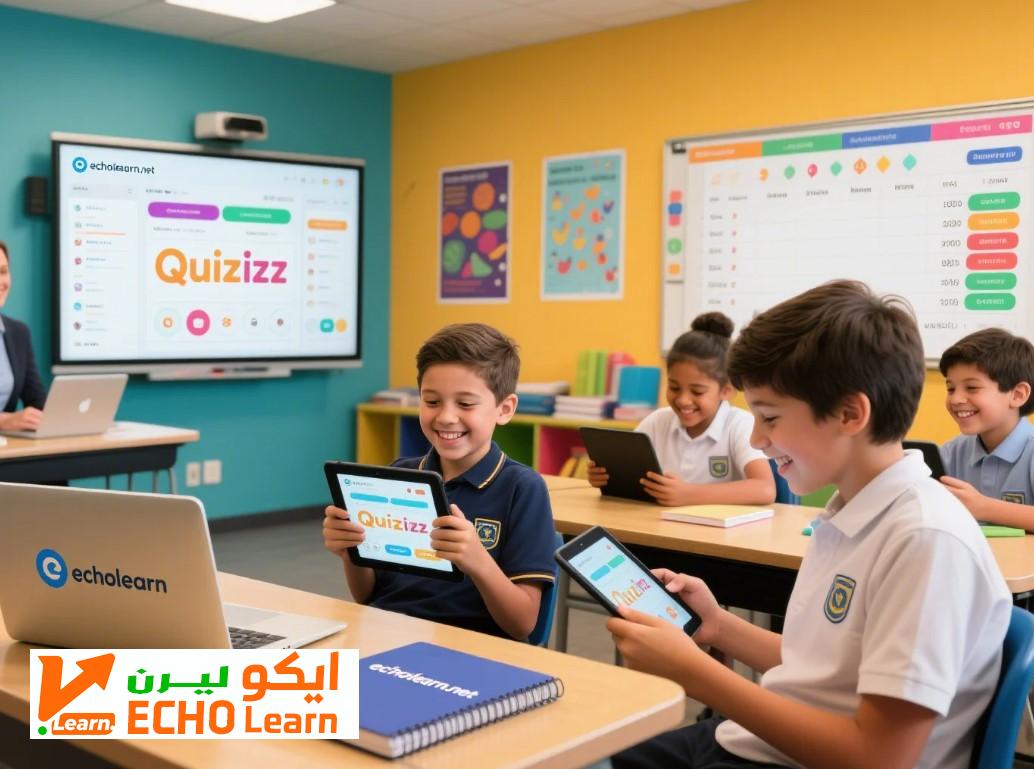
How Bark in Education Protects Students in 2025
Hey folks, ready to protect our students online?
In 2025, the internet is an integral part of students’ lives, whether they’re studying on platforms like Google Classroom or connecting with friends on social media. But with all this technology come risks like cyberbullying, harmful content, or interactions with untrustworthy individuals. That’s where Bark in Education comes in, an AI-powered tool designed to monitor online activities and protect students from digital dangers. If you’re a teacher, school administrator, or parent, this article will explain everything about Bark in Education: how it works, its benefits in schools, steps to use it, and practical tips to maximize its impact. Want to learn more about AI’s role in education? Check out our article on using AI in learning. Let’s get started!

What is Bark and How Does It Serve Education?
Bark is an AI tool that monitors students’ online activities on platforms like Google Workspace, Microsoft 365, and browsers like Chrome to detect potential risks. Bark in Education focuses on protecting students from cyberbullying, explicit content, suicidal ideation, or threats of violence. Launched in 2015, it’s now used in over 3,900 school districts in the U.S. and has helped prevent 16 school shootings. In education, Bark ensures a safe digital environment without overly intruding on students’ privacy. The tool uses smart algorithms to analyze texts in emails, chats, and files, sending alerts only when it detects genuine risks.
- Instant Risk Detection: Identifies harmful content like bullying or threats in seconds.
- Privacy Protection: Monitors only for significant risks, not every action.
- Free for Schools: Bark for Schools is free for K-12 schools in the U.S.
- Educational Platform Support: Works with Google Docs, Gmail, Microsoft Teams, and Chromebooks.
- Analytical Reports: Provides insights into students’ technology use and common risks.
To protect your kids from digital dangers, check out our article on protecting kids from internet addiction.
How to Use Bark in Education? Practical Steps
Using Bark in Education is simple, but to truly benefit, you need to follow structured steps. Here’s the detailed process:
1. Sign Up for Bark for Schools
Visit Bark and register an account for your school. The service is free for K-12 schools, requiring only details like students’ Google Workspace or Microsoft 365 emails. Need help managing your educational team? Try our article on using Slack for team management.
2. Connect Student Accounts
After signing up, link students’ accounts (e.g., emails or Google Docs) to Bark. The tool supports devices like Chromebooks, laptops, and tablets used in schools.
3. Customize Alert Settings
Bark allows you to tailor alert settings based on your school’s needs. For example, you can prioritize cyberbullying over explicit content by adjusting the algorithm’s sensitivity for each risk type.
4. Receive Alerts
When Bark detects a potential risk (e.g., a threatening message or inappropriate content), it sends an alert via email or the dashboard. For severe risks like threats of violence, Bark for Schools+ subscribers receive immediate phone calls.
5. Handle Alerts
Each alert comes with practical recommendations, such as starting a conversation with the student or contacting their parents. This helps teachers address issues wisely and quickly.
6. Review Periodic Reports
Bark provides analytical reports detailing how students use technology and the most common risks they face. These reports help schools build strategies to improve the learning environment.
To manage your time while running a school, check out our article on time management in 2025.

Benefits of Bark in Education
Bark in Education offers comprehensive solutions to protect students and support teachers and parents. Here are the key benefits:
- Protection from Digital Risks: Detects bullying, suicidal thoughts, and harmful content before issues escalate.
- Time-Saving for Teachers: Automatically monitors activities, allowing teachers to focus on instruction.
- Enhanced Communication: Helps schools and parents discuss students’ online behavior.
- Free and Easy: The free service for schools makes it an affordable option for any budget.
- Privacy Compliance: Bark adheres to standards like FERPA and COPPA, ensuring student data safety.
- Psychological and Social Support: Early detection of issues like depression or bullying.
The Bark website highlights that the tool has helped millions of students in the U.S. and prevented serious violent incidents. Disclaimer: Some links in this article may be affiliate links, and we may earn a commission if you subscribe. Your subscription choice depends on your needs. To learn how to choose the right educational tool, check out our article on choosing a learning platform in 2025.
Challenges of Using Bark in Education and How to Overcome Them

Despite the benefits of Bark in Education, schools or parents may face challenges. Here are the main challenges and solutions:
- Privacy Concerns: Some parents worry Bark monitors their children excessively. Solution: Explain that Bark focuses only on harmful content and complies with privacy standards.
- Algorithm Errors: Bark may flag normal content as risky due to specific words. Solution: Review alerts manually before taking action.
- Student Resistance: Students may feel Bark limits their freedom. Solution: Hold awareness sessions about the importance of digital safety.
- Training Needs: Teachers may need time to learn Bark’s system. Solution: Conduct workshops to train your team.
To support your students psychologically, check out our article on supporting digital learning.
Egyptian Success Stories with Bark in Education
Let’s see how schools and parents in Egypt have benefited from Bark:
International School in Nasr City
An international school in Cairo started using Bark to monitor student emails on Google Workspace. Within two months, the tool detected cyberbullying messages among ninth-grade students. The school organized a digital safety workshop, helping students resolve conflicts positively. Now, student relationships are much improved.
Noura, a Mother in Giza
Noura was concerned about her daughter spending long hours online. When her daughter’s school adopted Bark, it detected bullying messages on Google Docs. Noura opened a dialogue with her daughter, helping her overcome the issue with school support. To improve your child’s language skills, check out our article on online language learning.
Khaled, a Private School Principal in Alexandria
Khaled used Bark to monitor student Chromebook usage at his school. The tool detected a student writing messages indicating depression on Microsoft Teams. The school connected the student with a counselor, leading to psychological improvement. To organize your tasks as a principal, try our article on online project management.
Comparing Bark to Other Tools Like Qustodio and Net Nanny
To understand Bark’s value in education, let’s compare it to similar tools:
- Bark: Focuses on detecting harmful content using AI, free for schools, and integrates with platforms like Google and Microsoft.
- Qustodio: Offers greater control over screen time and website filtering but is paid and not free for schools.
- Net Nanny: Provides strong web filtering but has weaker text content monitoring compared to Bark.
Bark stands out for being free and user-friendly, especially for schools using Google Workspace. To compare learning platforms, check out our article on Coursera vs. Udemy.
Golden Tips for Maximizing Bark in Education
To use Bark most effectively, try these tips:
- Customize alerts based on your school’s needs, like focusing on bullying or threats.
- Train teachers to handle alerts quickly and effectively.
- Engage students in discussions about digital safety to explain Bark’s purpose.
- Use analytical reports to build strategies for improving the school environment.
- Integrate Bark with platforms like Google Classroom or Zoom for a seamless experience. See our Google Classroom 2025 guide.
- Stay updated with Bark’s 2025 features to leverage new tools.
To improve student focus during studies, check out our article on improving focus in studying.
Integrating Bark with Other Educational Tools
Bark in Education is more powerful when used with other tools:
- Google Classroom: Use Bark to monitor emails and files, and upload reports to Google Classroom. Try our Google Classroom guide.
- Zoom: For online classes, use Bark to monitor chats and ensure a safe environment. See Zoom for Education 2025.
- Notion: Organize Bark reports and lesson plans on Notion. Check out using Notion for studying.
Integrating Bark with these tools helps you manage a safe and organized learning environment.
Conclusion: Keep Your Students Safe with Bark Today!
Bark in Education is more than a monitoring tool; it’s a comprehensive solution that creates a safe learning environment while supporting students psychologically and socially. Whether you’re a school principal protecting students, a teacher focusing on instruction without worry, or a parent concerned about your child’s safety, Bark is your ideal partner. Try Bark today and discover how AI is transforming education safety in 2025! Have an experience with Bark or a question? Share your thoughts in the comments below, or explore more educational tools on our website echolearn.net. To stay in the loop, check out our guide on e-learning trends 2025!
Frequently Asked Questions About Bark in Education
What is Bark and how does it work in education?
Bark is an AI tool that monitors students’ online activities on platforms like Google Workspace and Microsoft 365, detecting risks like bullying or threats.
Is Bark free for schools?
Yes, Bark for Schools is free for K-12 schools in the U.S., offering robust monitoring features at no cost.
Is Bark safe in terms of privacy?
Absolutely! Bark complies with privacy laws like FERPA and COPPA and doesn’t share student data with third parties.
How do I integrate Bark with Google Classroom?
Link Bark to students’ Google Workspace accounts to monitor emails and files. See our Google Classroom guide.
Does Bark monitor everything a student does?
No, Bark focuses only on potentially harmful content, like bullying or threats, to protect student privacy.
What’s the difference between Bark and Qustodio?
Bark is free for schools and focuses on harmful content detection, while Qustodio is paid and offers more screen time control.
How does Bark help teachers?
Bark saves teachers time by automatically monitoring risks and providing practical recommendations to address issues.
Is Bark suitable for parents?
Yes, Bark offers a paid version for parents to monitor their children’s social media and internet activities.
Share your experience with Bark in the comments below, or explore more educational tools on our website echolearn.net.

















